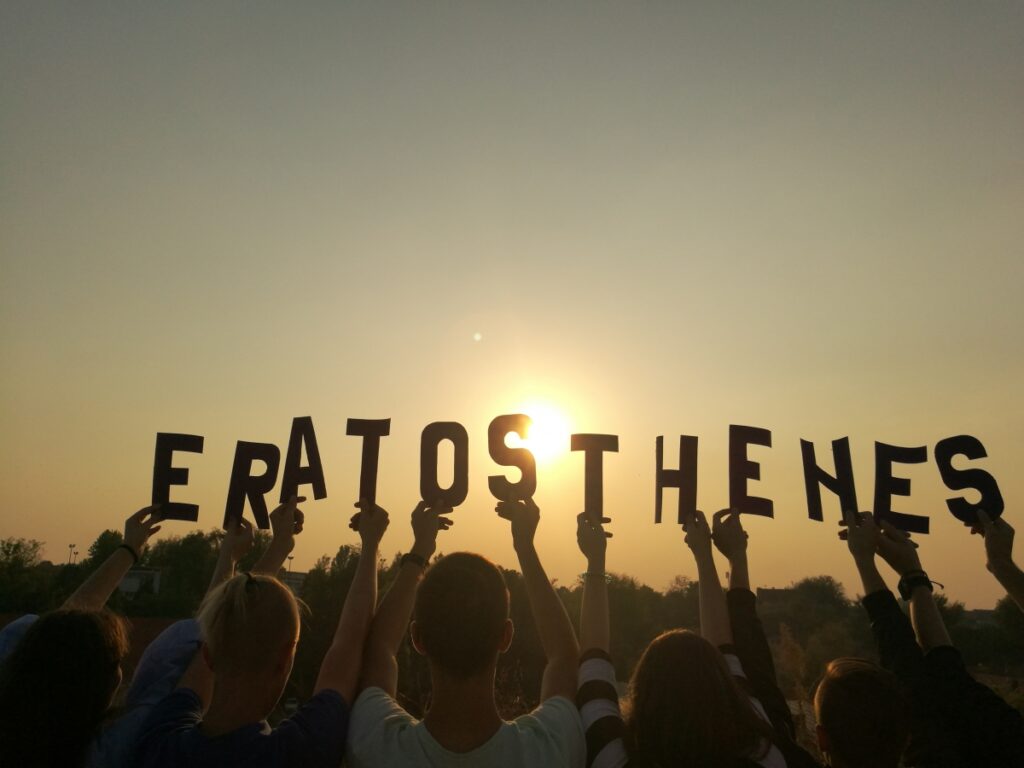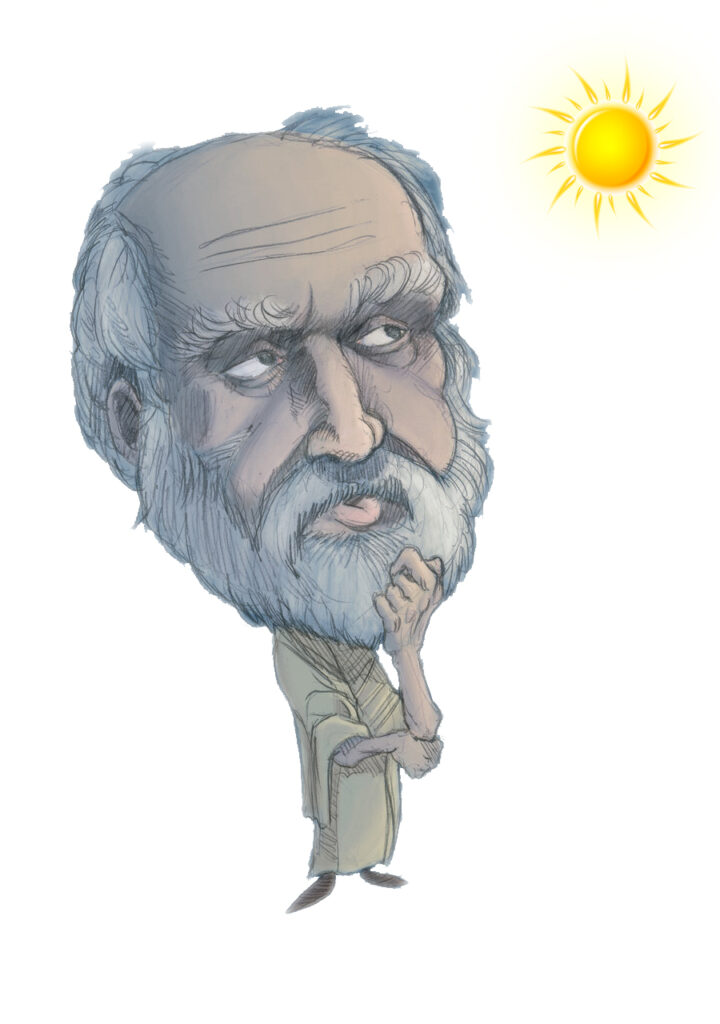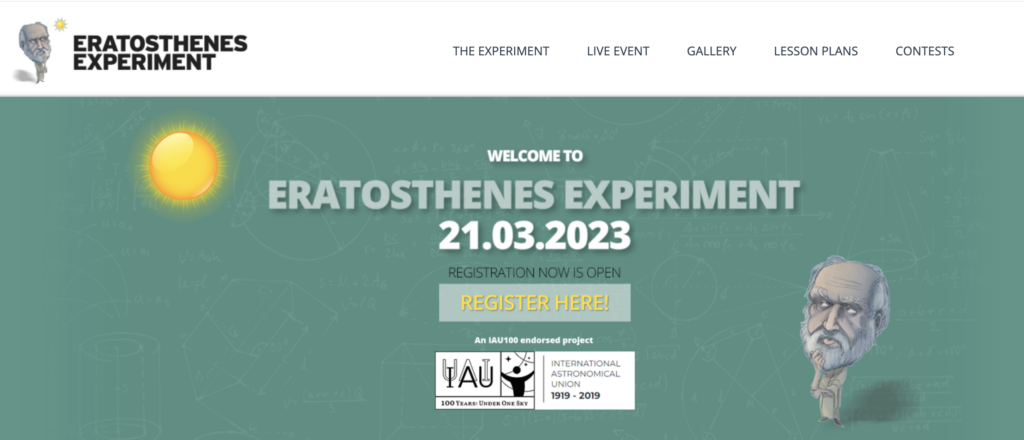
Get ready to take your students on a journey back in time to the ancient world of Greece, where a brilliant scholar made a groundbreaking discovery that would change the course of history forever.

In 240 BC, Eratosthenes of Cyrene, a Greek polymath and chief librarian at the Library of Alexandria, accomplished what no one before him had been able to do – he measured the circumference of the Earth! This remarkable feat was achieved through an inquiry-based activity that involved keen observation, critical thinking, and precise calculations. Back then, the ancient Greeks knew that the Earth was round, but they had no idea about its size. Eratosthenes’ ingenious experiment involved observing the sun’s angle at noon on the summer solstice in two different cities – Syene and Alexandria – which were located at the same longitude. He noticed that at noon on the summer solstice, the sun was directly overhead of a well in Syene, without casting any shadows, while in Alexandria, a stick cast a shadow at the same time, making an angle of about 7.2 degrees. Using this information and the distance between the two cities, Eratosthenes was able to calculate the Earth’s circumference with an impressive degree of accuracy, within 15% of today’s measured values. This milestone discovery not only proved that the Earth was much larger than previously thought but also paved the way for future scientific discoveries.
Fast forward 2250 years and Eratosthenes’ experiment remains one of the most beautiful and insightful experiments in the history of science. It is also an exemplary inquiry-based activity that can help introduce students to the scientific way of thinking. By recreating Eratosthenes’ experiment in the classroom, students can learn about the power of observation, critical thinking, and mathematical reasoning.
Carl Sagan explains…
Watch this video where Carl Sagan explains this monumental experiment.
Take part!
Want to take your students on an exciting journey through time and space, and inspire the next generation of scientists and researchers with the Eratosthenes Experiment? Take part in the international photo contest led by Ellinogermaniki Agogi. Hurry up! The deadline for submitting your photo is 10 April 2023.

